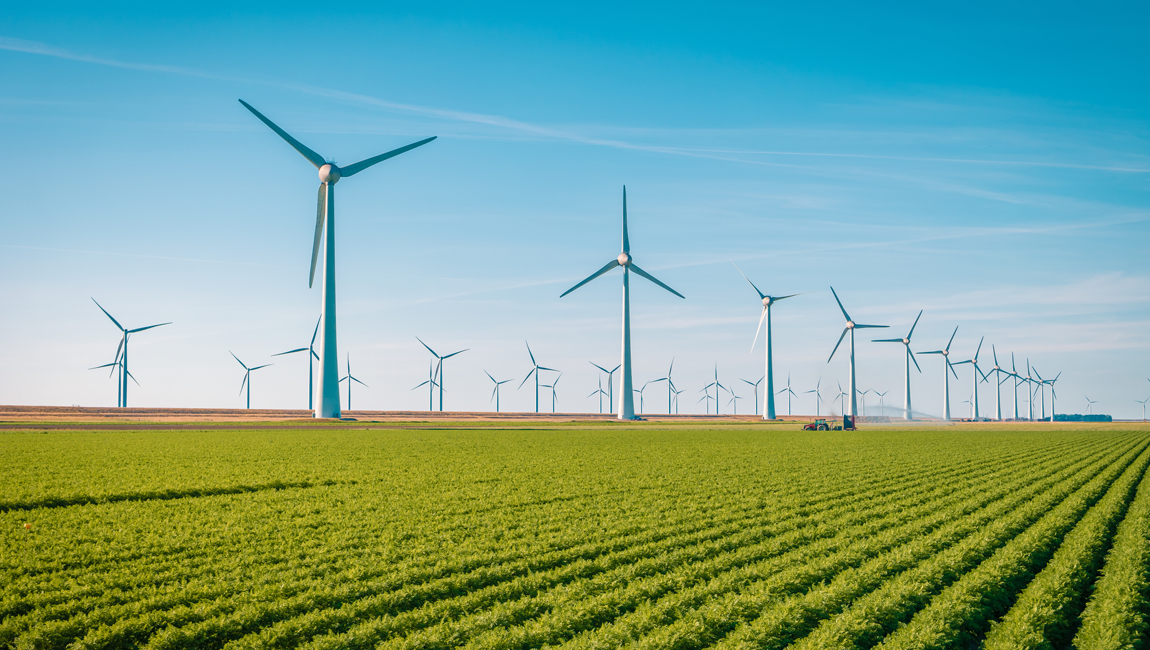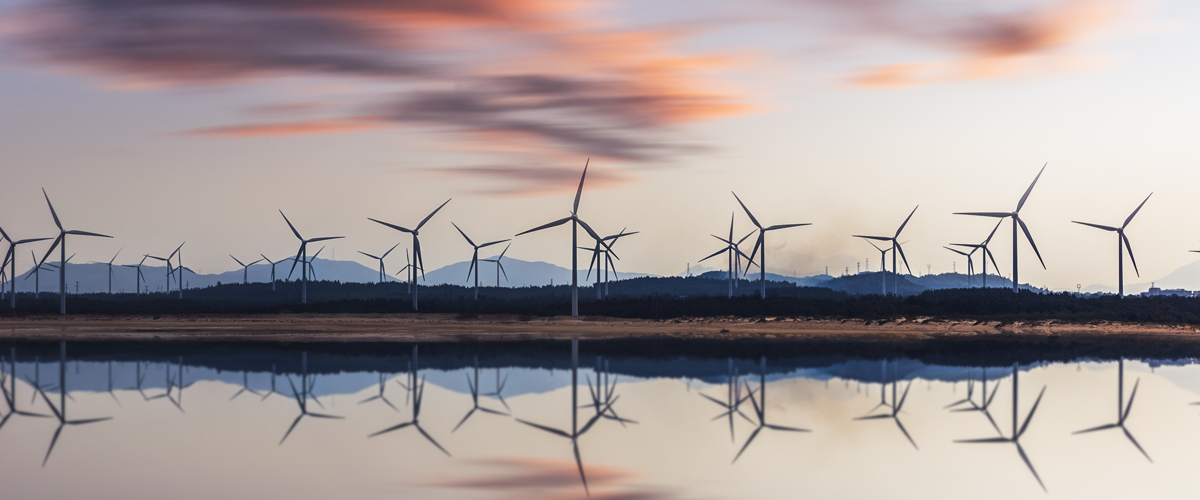Wind energy: how does it work? Is it renewable?
Advantages of wind energy
Wind energy is renewable because it stems from a limitless natural resource. It boasts many advantages over both non-renewables, like fossil fuels, and other renewable energy sources like hydropower. According to the International Energy Agency, onshore wind and solar photovoltaic systems are the two least expensive ways of introducing new electricity-generating plants. Wind energy is broadly considered to be the best renewable energy source because it is also categorically considered green and clean. Wind energy is clean energy because it derives from a zero-emissions source and does not pollute the atmosphere. This also helps mitigate the risk of environmental disasters.







